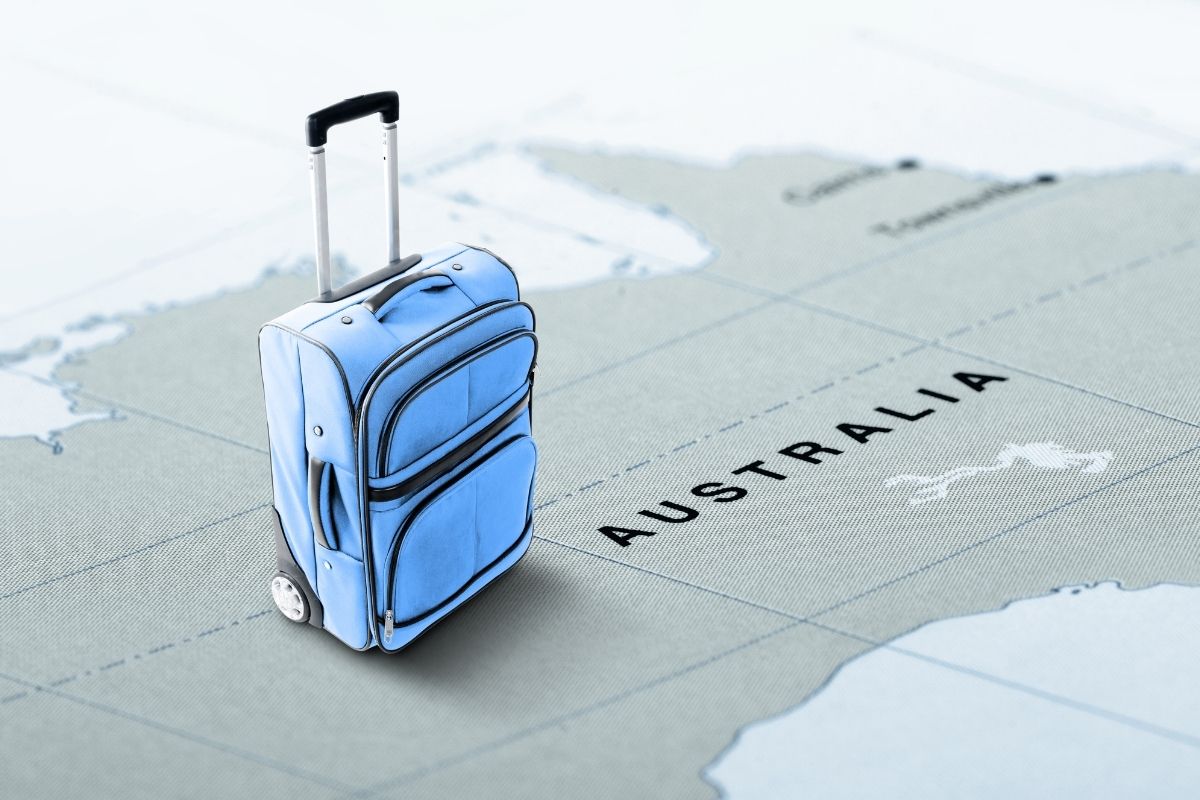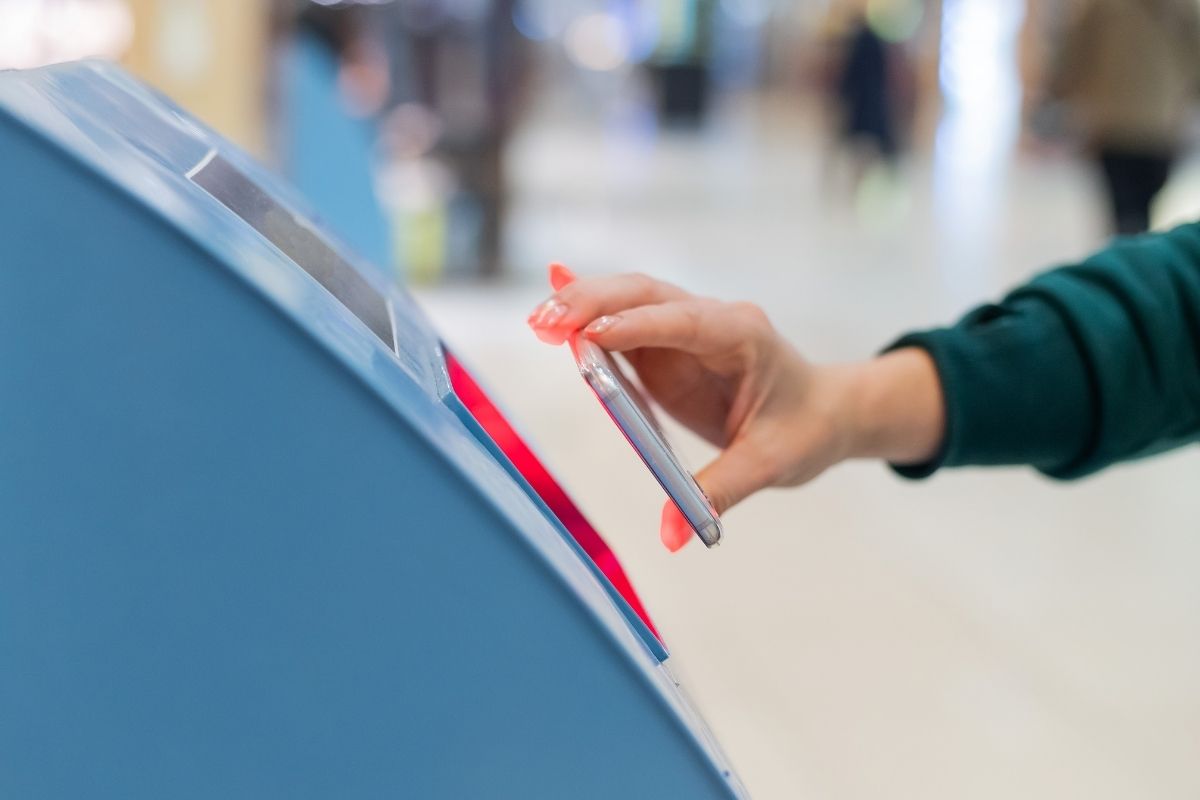The country’s Department of Home Affairs is piloting a Electronic Travel Authority (ETA) application.
The Australian Department of Home Affairs has announced that it will be testing a new Electronic Travel Authority (ETA) app using NFC technology for a contact-free entry visa.
The use of near field communication will help to quickly verify and authenticate a traveler’s credentials.
The NFC technology would work through an enabled mobile device in conjunction with the individual’s passport. The application will use both near field communication and optical character recognition (OCR) to read, capture and authenticate the identity of the individual as registered on the chip and on the passport of an applicant. It will then be used for the verification of the “liveness” of the applicant during the application process by way of a selfie taken on the spot.
The idea behind the technology is to be able to boost the accuracy of application data in a trustworthy and reliable way.
“Accurately capturing important application data directly from a trusted source eliminates data entry errors and inconsistencies that impact visa processing,” explained Sujit Sunthankar of Sita, the tech provider behind the application feature, as posted on that company’s website. “The app authenticates and validates electronic passports through the smartphone’s NFC capability at the point of application rather than at physical borders.”
The chip must first be authenticated and then NFC technology can be used for that data’s verification.
The passport chip access is obtained by way of OCR for reading the MRZ (machine-readable zone) on the inside of the physical passport. OCR is also used at that time to derive a key. The key is what will then be used for accessing and authenticating by way of the chip’s digital certificates. In this way, the authenticity of the passport can be verified at the same time that it can be confirmed that the chip itself hasn’t been compromised.
“Once the chip has been authenticated, the data on the chip — which consists of the travel document, identity data and a digital image of the passport holder — is read. It is then compared with a selfie image capture before proceeding,” said Sunthankar.
Using the selfie image capturing step makes it possible for the app to confirm that spoofing is not occurring, and that the authentication is happening live with the appropriate individual. It conducts complex checks against a spectrum of face risk profiles, helping to boost the applicant’s identity verification process. These all occur quickly and seamlessly so that the applicant won’t be inconvenienced by its use, said a description on the Sita site.


